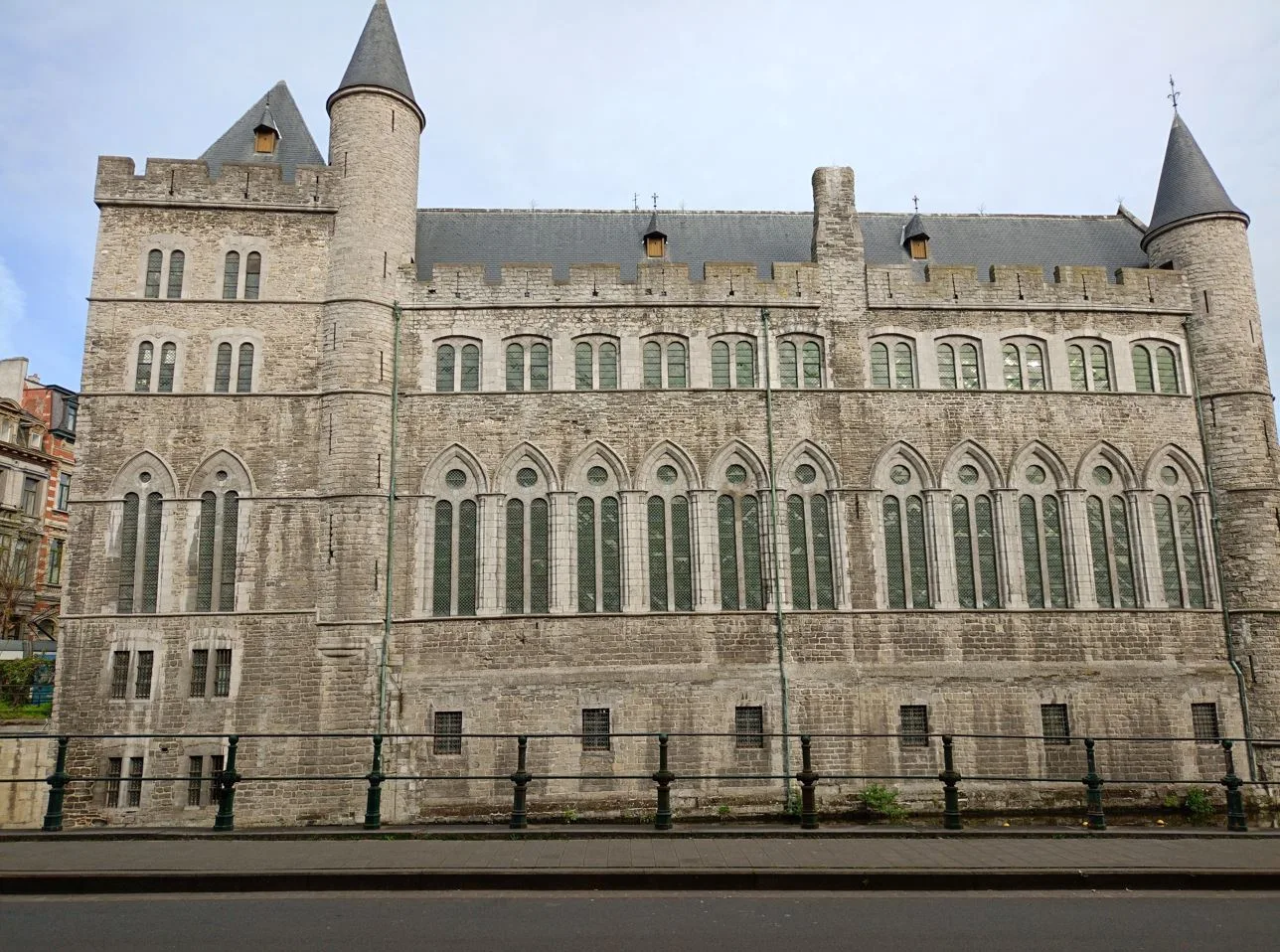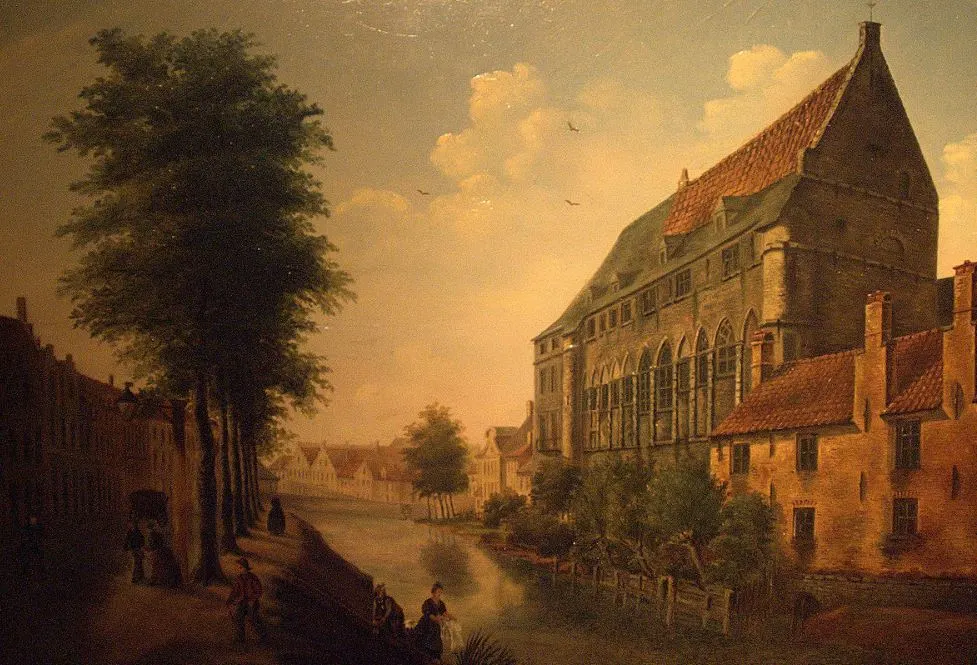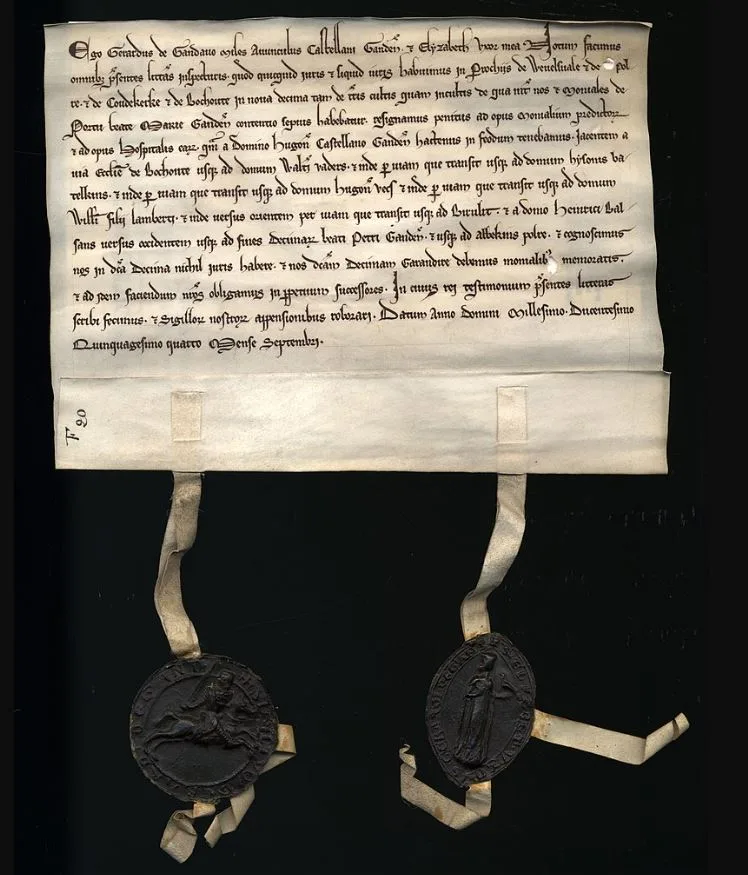When you think of a famous medieval fortress in Ghent, the first building that comes to mind is without a doubt the Gravensteen Castle.
The so-called “Castle of the Counts” played a major role in the city’s history as it became the official residence of the Counts of Flanders until 1353.
Later on, this remarkable building in Ghent fulfilled multiple purposes, and the same can be said about the medieval building described in this article.
Geeraard de Duivelsteen history
The Geeraard de Duivelsteen was originally a Gothic building constructed in the 12th century that belonged to a noble family.

It became the property of the city of Ghent about a century later because of its strategic location. The local rulers used it to protect the port of Ghent.
The “Portus aan de Reep,” as the port was called back then, is part of the old core of Ghent and basically, the place where the city was established.
As time went by, the medieval castle was used for a wide variety of things, including as an armory, a meeting place for knights, a school, a monastery, a mental asylum, and a prison.
The building stopped being used as a prison in 1775 and was transformed into a fire station in the year 1830.
It was finally bought by the national archive in the late 19th century but it became unsuited to store archives in the 20th century. Incredibly, Geeraard de Duivelsteen was put up for sale in 2010.
It looked quite different during the Middle Ages

The building looks exactly how you imagine a medieval castle to look like. It has thick walls and watchtowers and looks very solid as a defense structure.
It has been restored quite some times throughout its history and it looked significantly different during the Middle Ages.
The square tower which is still visible today was the castle’s “donjon,” the equivalent of what’s referred to in English Castles as the “keep.”

Why is the building named after the devil?
The building derives its name from a 13th-century knight named Geraard Vilain of Ghent (1200-1278). He was the son of Zeger III of Ghent, a local viscount.
Even though he was a member of the local nobility, he was mocked for his dark complexion and black hair.
People referred to him as “Geraard de Duivel” because of this and he is mentioned in contemporary documents as “Gerardus de Gandavo dictus Diabolus” (in Latin).

Remarkably, he referred to himself as such as well. This probably means that this nickname wasn’t meant to be an insult but something that pointed toward his energetic character.
The building was sold for over 2 million euros in 2010
It took over 5 years after being listed on the local real estate market before the building was sold. A holding company from Ghent called NV Koiba bought the building for 2,205,000 euros in 2015.
They decided to transform the medieval castle into 4 luxury apartments and a youth center. The area near the Scheldt River gets a new wall and a quay.
The location and the remarkable history of the Geeraard de Duivelsteen will certainly make this project a great success.
